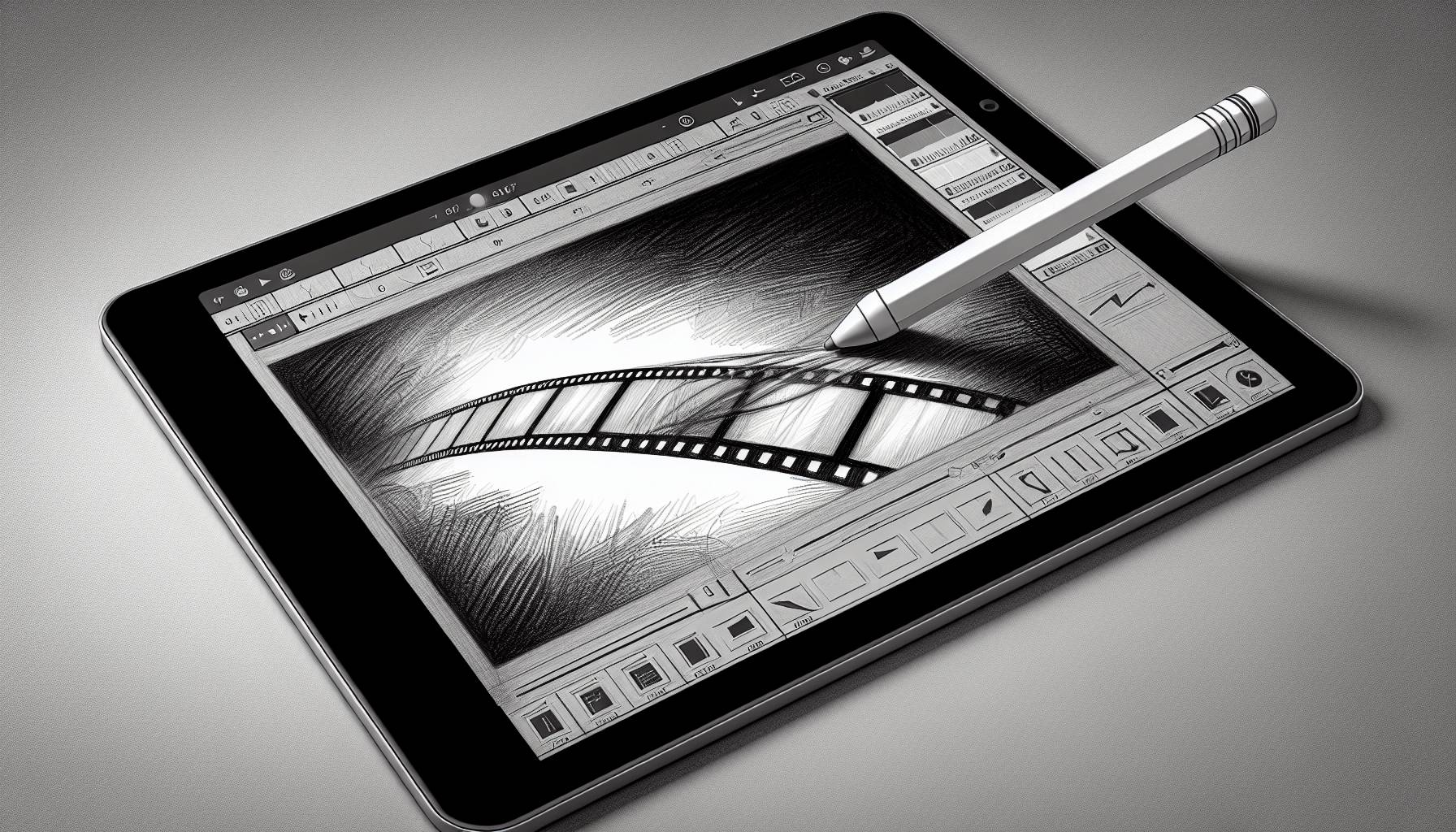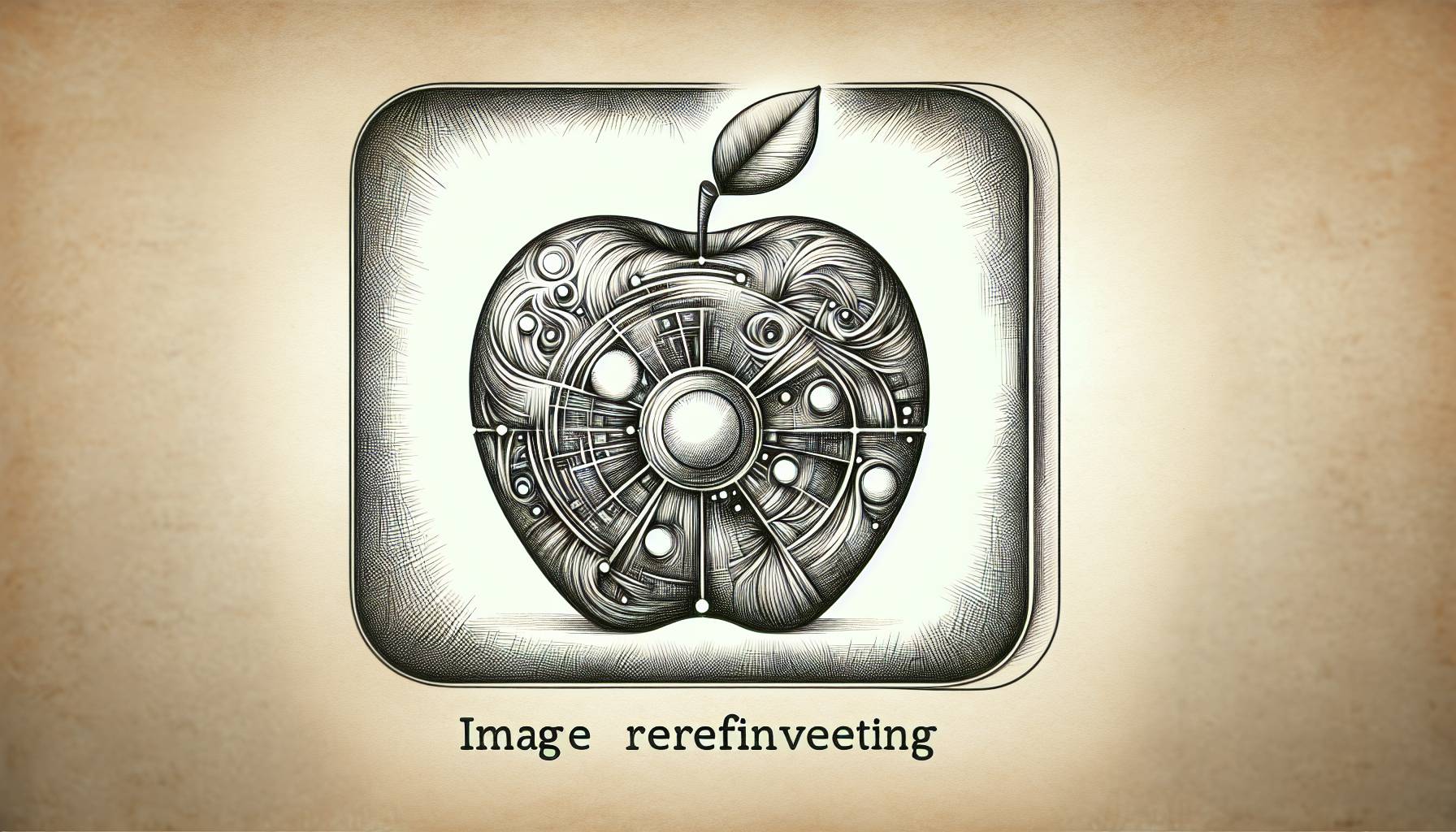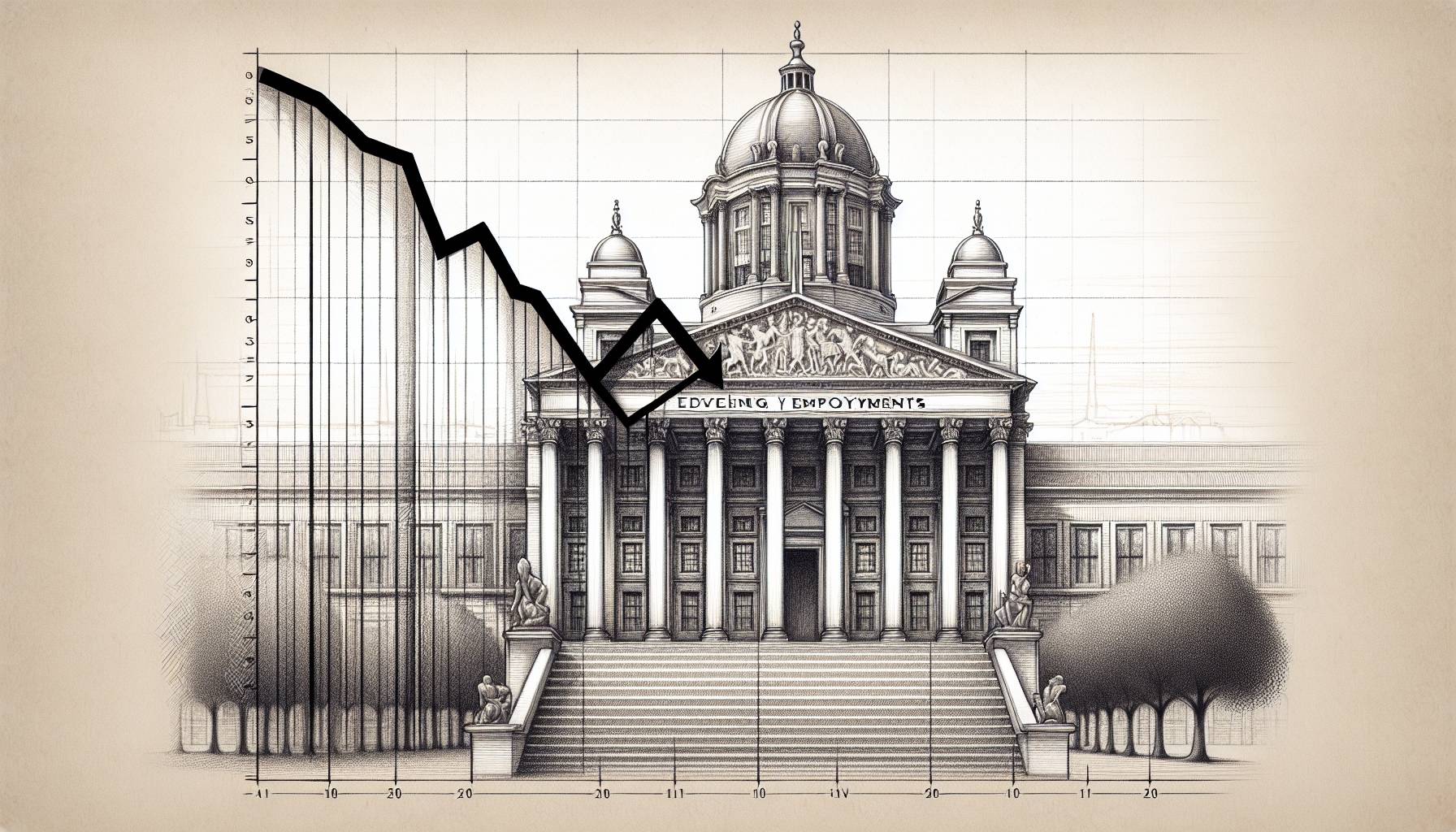In honor of Star Trek Day, we must acknowledge the indelible impact that Star Trek and science fiction have made on real-world scientific advancement. The legendary starship from the trailblazing series has captivated viewers, driven numerous individuals to pursue space exploration, and introduced groundbreaking concepts that have influenced countless inventions once deemed purely fictional. Many scientists, engineers, and astronauts attribute their passion for exploring the universe and expanding human knowledge to the iconic show.
Replicator Technology and Its Connection to 3D Printing
One extraordinary technology introduced in Star Trek is the replicator, capable of crafting food, full meals, and numerous items out of thin air. Its influence stretches to modern 3D printing technology, enabling the creation of objects, structures, and complex machine components made from plastic and metal. However, Star Trek merely represents one of many sci-fi works encouraging the development of revolutionary devices. History reveals a multitude of inventions arising from inspiration found in seemingly impossible feats of science fiction. Advancements such as cell phones, reminiscent of Star Trek’s communicators, and self-driving cars, predicted by futuristic movies, demonstrate the increasingly narrow divide between fiction and reality.
From Transporter to Replicator: Expanding the Bounds of Matter Transmission
The Star Trek replicator derived from the transporter, a teleportation mechanism that can send crew members to and from the starship and a planet’s surface. Since 1877, the transporter’s concept has fascinated countless sci-fi enthusiasts studying the possibilities of matter transmission. The replicator takes this idea even further, allowing for object creation from molecular blueprints. Its potential to revolutionize many aspects of life, such as providing food, medicine, aiding construction, and manufacturing, is immense.
Energy-Matter Conversion: The Heart of the Replicator
Similar to the transporter, the replicator relies on energy-matter conversion to recreate an item’s atomic composition at a specified destination. Food synthesizers, present in the original Star Trek series, eventually evolved into the more versatile and precise replicator onboard Picard’s Enterprise. The replicator not only revolutionized food preparation in the Star Trek universe but also found applications in generating spare parts for the starship and creating everyday items. This technology helped reduce the starship’s dependence on supplies during extended space missions.
The Emergence of Autonomous Food Preparation Throughout History
The idea of machine-assisted food preparation dates back to 1899, with Elizabeth Bellamy’s novel, Ely’s Automatic Housemaid, which featured a robotic chef. Edgar Rice Burroughs envisioned automated cafeterias in his 1912 novel, A Princess of Mars. Over time, advancements in AI and robotics turned these early conceptions into reality. Today, autonomous robots can cook, serve, and even invent recipes, integrating once-distant ideas into everyday life.
Downsizing Technology: Transitioning to 3D Printing and Beyond
The ongoing miniaturization of food preparation technology has played a key role in transforming these ideas into practical applications, such as 3D printing. This evolution has enabled the creation of compact, user-friendly devices that can produce a plethora of dishes even for those with limited culinary skills. Additionally, this shift in food preparation methods has led to increased customization options, fostering healthier and more sustainable food choices for consumers.
The Replicator: A Symbol of the Science Fiction-Scientific Advancement Connection
Star Trek’s iconic replicator highlights the profound link between science fiction and real-world scientific progress. By presenting a vision where advanced technology provides essential resources, it inspires generations of researchers and engineers to bring such innovations to life. This reciprocal relationship between science fiction and technological development continuously propels humanity toward a future filled with boundless possibilities.
Celebrating Star Trek Day and the Power of Science Fiction
On Star Trek Day, we must recognize the continued impact of sci-fi on future generations of researchers and engineers who strive to turn fiction into reality. From revolutionary propulsion systems to advanced AI, it is evident that these imaginative concepts ignite scientific curiosity and drive exploration into the unknown. As we boldly venture into the future, let us celebrate how Star Trek has inspired countless minds to reach for the stars and create groundbreaking technologies.
FAQs: The Influence of Star Trek and Science Fiction on Scientific Progress
How has Star Trek influenced scientific progress?
Star Trek has introduced groundbreaking concepts that have influenced countless inventions once deemed purely fictional, such as cell phones (resembling Star Trek’s communicators) and self-driving cars. Many scientists, engineers, and astronauts attribute their passion for exploring the universe and expanding human knowledge to the iconic show.
What is the connection between Star Trek’s replicator technology and 3D printing?
The replicator technology from Star Trek is capable of crafting items out of thin air, similar to modern 3D printing technology. Both technologies enable the creation of objects, structures, and complex machine components made from plastic and metal.
What ideas and advancements in food preparation have been influenced by science fiction?
Ideas such as machine-assisted food preparation and autonomous robots working as chefs have been influenced by science fiction. Novels like Elizabeth Bellamy’s Ely’s Automatic Housemaid and Edgar Rice Burroughs’ A Princess of Mars envisioned such advancements, which have since materialized with the help of AI and robotics.
How has the miniaturization of technology impacted food preparation methods?
The miniaturization of technology has led to the creation of compact, user-friendly devices that can produce a wide range of dishes even for those with limited culinary skills. This shift in food preparation methods has also enabled increased customization options, fostering healthier and more sustainable food choices for consumers.
What is the significance of the replicator in showcasing the connection between science fiction and scientific advancement?
Star Trek’s iconic replicator highlights the profound link between science fiction and real-world scientific progress. By presenting a vision where advanced technology provides essential resources, it inspires generations of researchers and engineers to bring such innovations to life, continuously propelling humanity toward a future filled with boundless possibilities.
How does celebrating Star Trek Day impact the future of scientific exploration?
On Star Trek Day, recognizing the impact of sci-fi on future generations encourages researchers and engineers to keep exploring and turning fiction into reality. From revolutionary propulsion systems to advanced AI, the imaginative concepts found in Star Trek, and other sci-fi works ignite scientific curiosity and drive exploration into the unknown.
First Reported on: smithsonianmag.com
Featured Image Credit: Photo by Anna Shvets; Pexels; Thank you!













